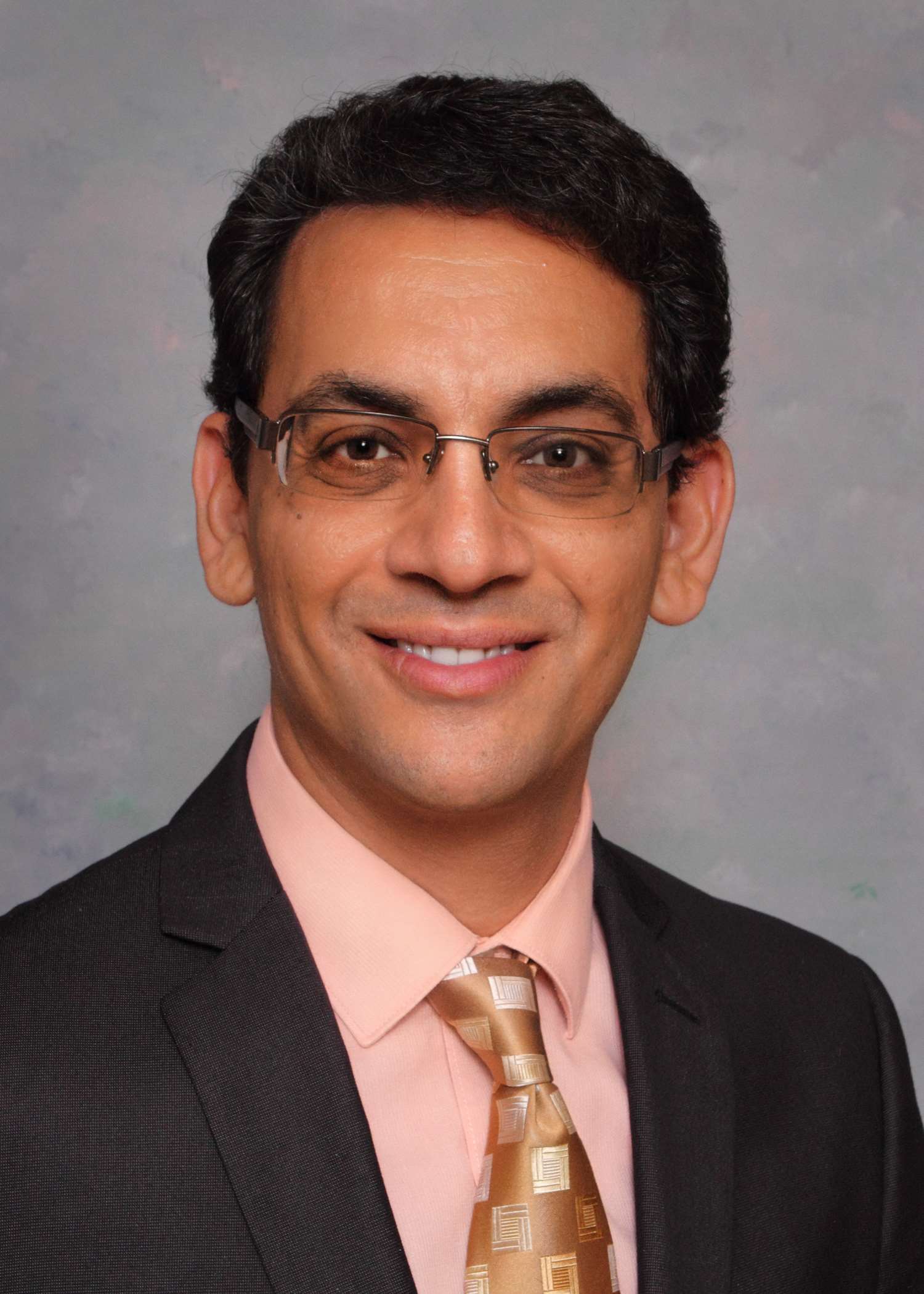
Nashaat Gerges, PhD, BPharm
Professor, Chair of the Department of Biopharmaceutical Sciences
Locations
- MCW Pharmacy School
HRC H2600
Contact Information
Education
BPharm, University of Assiut, Assiut, Egypt
Postdoctoral Fellow, Department of Pharmacology, University of Michigan
Postdoctoral Fellow, Department of Pharmacological and Pharmaceutical Sciences, University of Houston
Certificates
Foreign Pharmacy Graduate Examination Committee (FPGEC) Certification, National Association of Boards of Pharmacy (NABP)
Biography
Research Interests
- Cellular and molecular mechanisms of learning and memory
Publications
-
(Brown JC, Petersen A, Zhong L, Himelright ML, Murphy JA, Walikonis RS, Gerges NZ.) Nat Commun. 2016 Mar 24;7:11080 PMID: 27009485 PMCID: PMC4820844 03/25/2016
-
PTEN recruitment controls synaptic and cognitive function in Alzheimer's models.
(Knafo S, Sánchez-Puelles C, Palomer E, Delgado I, Draffin JE, Mingo J, Wahle T, Kaleka K, Mou L, Pereda-Perez I, Klosi E, Faber EB, Chapman HM, Lozano-Montes L, Ortega-Molina A, Ordóñez-Gutiérrez L, Wandosell F, Viña J, Dotti CG, Hall RA, Pulido R, Gerges NZ, Chan AM, Spaller MR, Serrano M, Venero C, Esteban JA.) Nat Neurosci. 2016 Mar;19(3):443-53 PMID: 26780512 01/19/2016
-
Neurogranin restores amyloid β-mediated synaptic transmission and long-term potentiation deficits.
(Kaleka KS, Gerges NZ.) Exp Neurol. 2016 Mar;277:115-123 PMID: 26721336 01/02/2016
-
The Social Amoeba Dictyostelium discoideum Is Highly Resistant to Polyglutamine Aggregation.
(Santarriaga S, Petersen A, Ndukwe K, Brandt A, Gerges N, Bruns Scaglione J, Scaglione KM.) J Biol Chem. 2015 Oct 16;290(42):25571-8 PMID: 26330554 PMCID: PMC4646202 SCOPUS ID: 2-s2.0-84945218850 09/04/2015
-
Neurogranin regulates CaM dynamics at dendritic spines.
(Petersen A, Gerges NZ.) Sci Rep. 2015 Jun 18;5:11135 PMID: 26084473 PMCID: PMC4471661 06/19/2015
-
Increased prefrontal cortex neurogranin enhances plasticity and extinction learning.
(Zhong L, Brown J, Kramer A, Kaleka K, Petersen A, Krueger JN, Florence M, Muelbl MJ, Battle M, Murphy GG, Olsen CM, Gerges NZ.) J Neurosci. 2015 May 13;35(19):7503-8 PMID: 25972176 PMCID: PMC4429154 SCOPUS ID: 2-s2.0-84929353508 05/15/2015
-
Post-embedding Immunogold labeling of synaptic proteins in hippocampal slice cultures.
(Zhong L, Brown JC, Wells C, Gerges NZ.) J Vis Exp. 2013 Apr 03(74) PMID: 23609099 PMCID: PMC3643798 04/24/2013
-
(Kumar V, Chichili VP, Zhong L, Tang X, Velazquez-Campoy A, Sheu FS, Seetharaman J, Gerges NZ, Sivaraman J.) Sci Rep. 2013;3:1392 PMID: 23462742 PMCID: PMC3589724 03/07/2013
-
GKAP orchestrates activity-dependent postsynaptic protein remodeling and homeostatic scaling.
(Shin SM, Zhang N, Hansen J, Gerges NZ, Pak DT, Sheng M, Lee SH.) Nat Neurosci. 2012 Dec;15(12):1655-66 PMID: 23143515 PMCID: PMC3804128 SCOPUS ID: 2-s2.0-84870494059 11/13/2012
-
(Garrison SR, Kramer AA, Gerges NZ, Hillery CA, Stucky CL.) Mol Pain. 2012 Sep 10;8:62 PMID: 22963123 PMCID: PMC3495672 SCOPUS ID: 2-s2.0-84865847334 09/12/2012
-
(Danielson E, Zhang N, Metallo J, Kaleka K, Shin SM, Gerges N, Lee SH.) J Neurosci. 2012 May 16;32(20):6967-80 PMID: 22593065 PMCID: PMC3365591 SCOPUS ID: 2-s2.0-84861121293 05/18/2012
-
Neurogranin targets calmodulin and lowers the threshold for the induction of long-term potentiation.
(Zhong L, Gerges NZ.) PLoS One. 2012;7(7):e41275 PMID: 22848456 PMCID: PMC3405117 08/01/2012
Effective teaching is essential to build and shape the knowledge base for any successful health profession. This is certainly true for the next generation of pharmacists, who must be well-equipped to meet the growing healthcare needs. I believe in six keys for EFFECTive teaching: 1. Encouraging students to develop self-directed learning. 2. Flexibility and amenability to use innovative approaches for teaching. 3. Feedback seeking. 4. Engaging student interest. 5. Creativity in designing goal-directed syllabi. 6. The big picture: The main goal is always to equip the next-generation pharmacists to ensure optimal patient outcomes
Nashaat Gerges, PhD, BPharm
Research Area: Cellular and Molecular Mechanisms of Synaptic Plasticity
The major experimental approach is the expression of recombinant neurotransmitter receptors and regulatory proteins tagged with GFP or RFP in organotypic hippocampal cultured slices or in vivo. In order to understand how these regulatory molecules contribute to neuronal function, the lab uses a combination of in vivo and ex vivo electrophysiology, biochemistry, confocal imaging and electron microscopy (EM) analysis.


